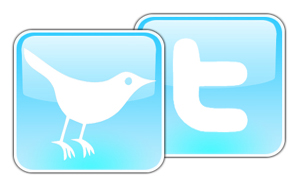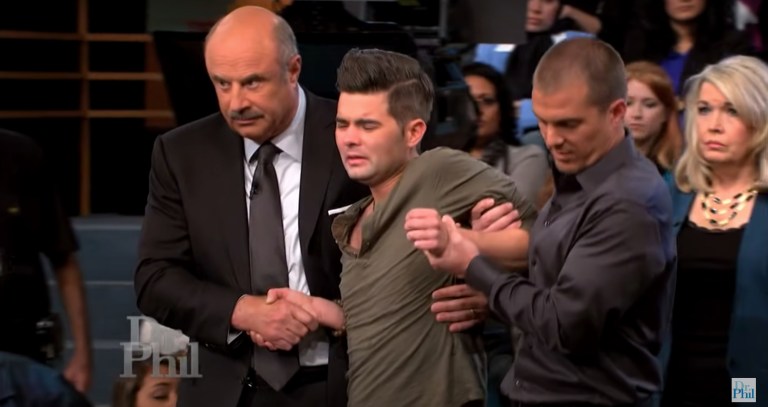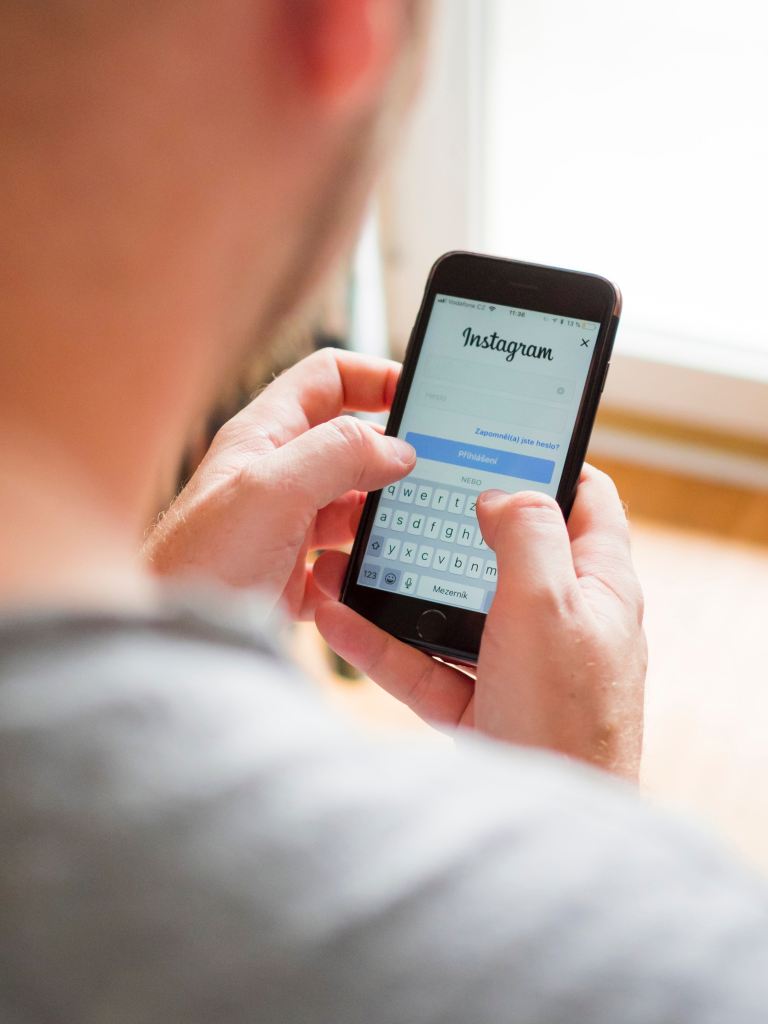How to Optimize Your Twitter Brand
This is the message a high following to low followers ratio sends out: "I'm not special and exclusive enough for you to even be somewhat proud that I've followed you. I follow everyone! I even follow more people than follow me. My follow is basically worth nothing (unless you have a crush on me)."

Social networking has become wildly popular, and its expansion into our collective psyche and day-to-day lives isn’t showing signs of slowing down. A new, grassroots sort of psychological inquiry has thus come forward – one interested in social networking strategy, behavior, emotions elicited, etc. In this regard, I’ve compiled a list of what I think are some of the most effective, and damaging, Twitter strategies one can employ.
Avoid a bad ratio. There’s nothing more telling than a high following to low followers Twitter ratio. 1,000 followers is cool, but if you’re following 2,000, your ratio actually sucks. This is the message a high following to low followers ratio sends out: “I’m not special and exclusive enough for you to even be somewhat proud that I’ve followed you. I follow everyone! I even follow more people than follow me. My follow is basically worth nothing (unless you have a crush on me).”
A good ratio is highly desired. Go for at least a following to followers ratio of 1:3. But this advice breaks down as the number of profiles you follow goes up. If you have 3,000 followers, nice. But if you’re following 1,000, your “follow” isn’t necessarily all that valuable.
You want to be at something like a 30:100+ ratio. Here’s the message your “follow” sends with a ratio like that: “I, who follow relatively few, yet am followed by relatively many, and am thus interesting and special, have chosen to follow you. Because I have decided that you are interesting and special. You have been admitted into my interesting and special club. Feel validated.”
Avoid too many @mentions. A profile full of @mentions is an instant turnoff to potential followers. It’s immediately exclusionary – the profile’s tweets are mostly directed at individual Twitter profiles, and the potential follower can’t see the other sides of the conversations. A potential follower can obtain virtually no interesting or relevant information from such tweets. A Twitter profile full of @mentions is a Twitter profile full of conversational dead ends. The reader is basically forced to overlook them.
Employing too many @mentions also decreases your “follow’s” worth. It’s a known tactic to gain followers by @mentioning constantly, thus directing a wide range of attention toward your profile and eventually resulting in increases of followers.
But the catch to this strategy is that a page full of @mentions, aside from being completely irrelevant to the majority of Twitter users, makes a potential follower suspicious that you’ve only engaged them because you’re vying for their “follow.”
Use retweets carefully. Retweets are an effective tool for increasing the worth of one’s Twitter brand. But only when employed thoughtfully. The retweet must be universally relevant, universally intriguing and brand enhancing.
Reckless retweeting can ruin a Twitter brand. The profile that retweets mindlessly becomes full of irrelevant retweets which followers will find vaguely annoying and definitely “gloss over.” Mismanaged retweets give your followers no real information. Your followers process them and simply have no idea where to “file” them. Irrelevant retweets are bound for failure.
The best retweeters are those that conceive of retweeting in terms of curating an undeniably thought-provoking and viral art show, employing a balance of tact and taste.
So find a relevant tweet that falls in that pocket of perfect, undeniably (indirectly) true, razor-sharp irony and retweet it delicately. Just don’t overretweet – if you lack the capacity to curate interesting content, there will be consequences. Profiles will defollow you.
Avoid drunk tweeting (99% of the time). While the drunk tweet can function to one’s benefit (employing it once a year makes your Twitter brand charming and cute), overuse of the drunk tweet is very unseemly. Drunk tweets carry with them a good number of negative connotations, and generally indicate that you’re “young, naive and in college,” “confused,” “spiraling into a depressing stage of life,” or “about to spiral into a depressing stage of life.”
Frequent drunk tweeting can show that you’re a party girl, and being a party girl has been proven highly embarrassing by programs and films such as MTV’s Spring Break, the Girls Gone Wild series and Jersey Shore. Drunk tweeting is likely to be done in all caps, which is loud and annoying. And drunk tweeting makes your followers disdainful, and for good reason – your idiot, incomprehensible drunk babble isn’t relevant to them.
Balance relevant tweets and retweets on blogospherian trends and world events with personal, collectively-scalable tweets about your day-to-day life. Self-explanatory.
Consider nonsequitur tweets, but with caution. Nonsequitur tweets, when employed effectively, indirectly reach the direct point of many a meme. As such, they can transmit a timeless, archetypal quality that’s both highly relatable and retweetable. Here’s an example: “please someone invent the sarcasm font already” (@EmilyGould).
But they’re easy to fuck up, and could leave your Twitter brand looking somewhat retarded and “trying too hard.” It’s difficult to advise how exactly to formulate the right nonsequitur tweet, as some – including this writer – look upon the ability as an innate capacity, something genetically transmitted, perhaps; akin to the concept of “talent.”
Employ variety. Keep your Twitterstream diverse and compelling, integrating a range of subject matter, point-of-view, setting and narrative. Tweet an interesting thought (i.e. “thought ‘i derive joy from looking at people’s faces and thinking “what the hell/fuck am i looking at…”…’ while searching for a cafe,” from @tao_lin), then retweet something that shows your sharp sense of curative ability (i.e. “RT: @kanyewest Remember the museum plastic spaceship toys that were molded right in front of you? Those use to smell awesome!!!!!!!!!!!!!!” from @WEEATHERHEAD), then tweet about something compelling you just witnessed (i.e. “Man on the train trying to tweak his girlfriends nipples through her game stop employee polo,” from @EAGLEHUNTER2012), etc.
The point is to keep your Twitter brand varied, intelligent, and immersive.
When in doubt, don’t tweet.If you’re worried something you’re thinking isn’t Twitter worthy, take it easy. It’s always better to assume you’ll fail. “No need to Tweet.” You don’t have much to lose, and statistically, far more profiles defollow via an offensive tweet than via lack of any tweet. If you can’t let go of your idea for a tweet, just envision your ideal Twitter brand. If your potential tweet doesn’t fit into your vision, hold back. Save your tweets for those thoughts and experiences that definitely enhance your Twitter brand and move it closer to the ideal version of what you want your Twitterself to be. ![]()




